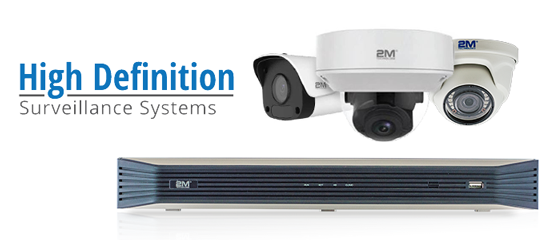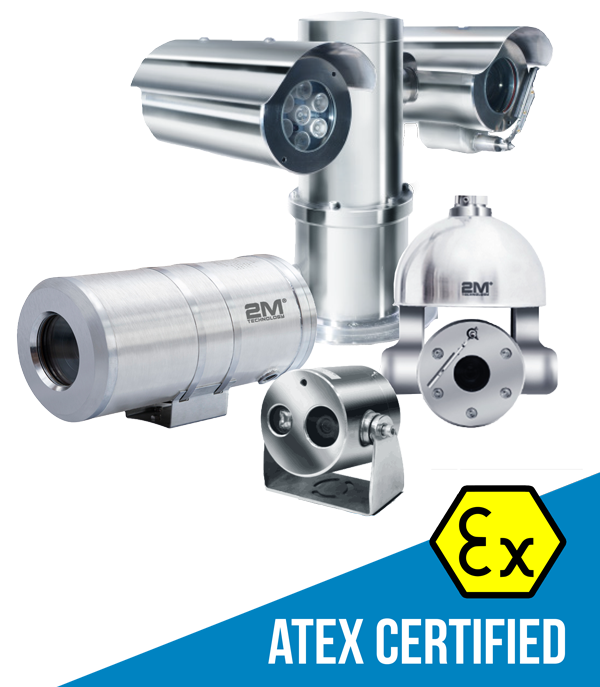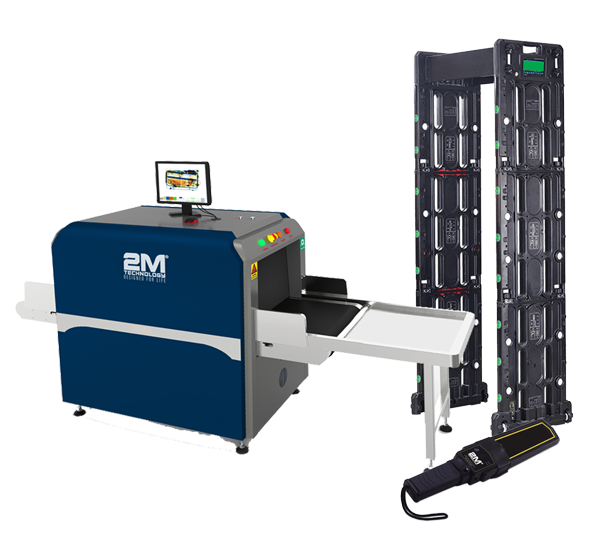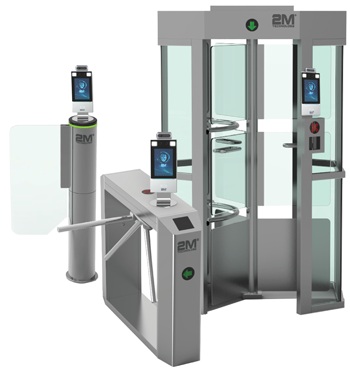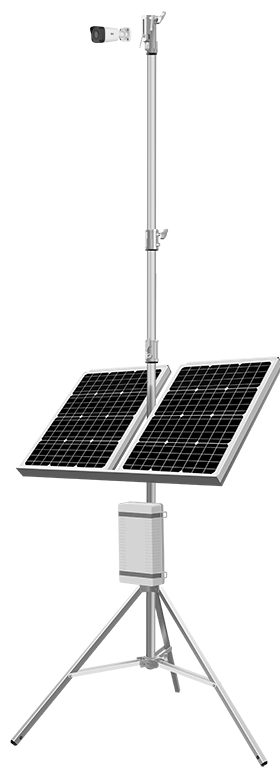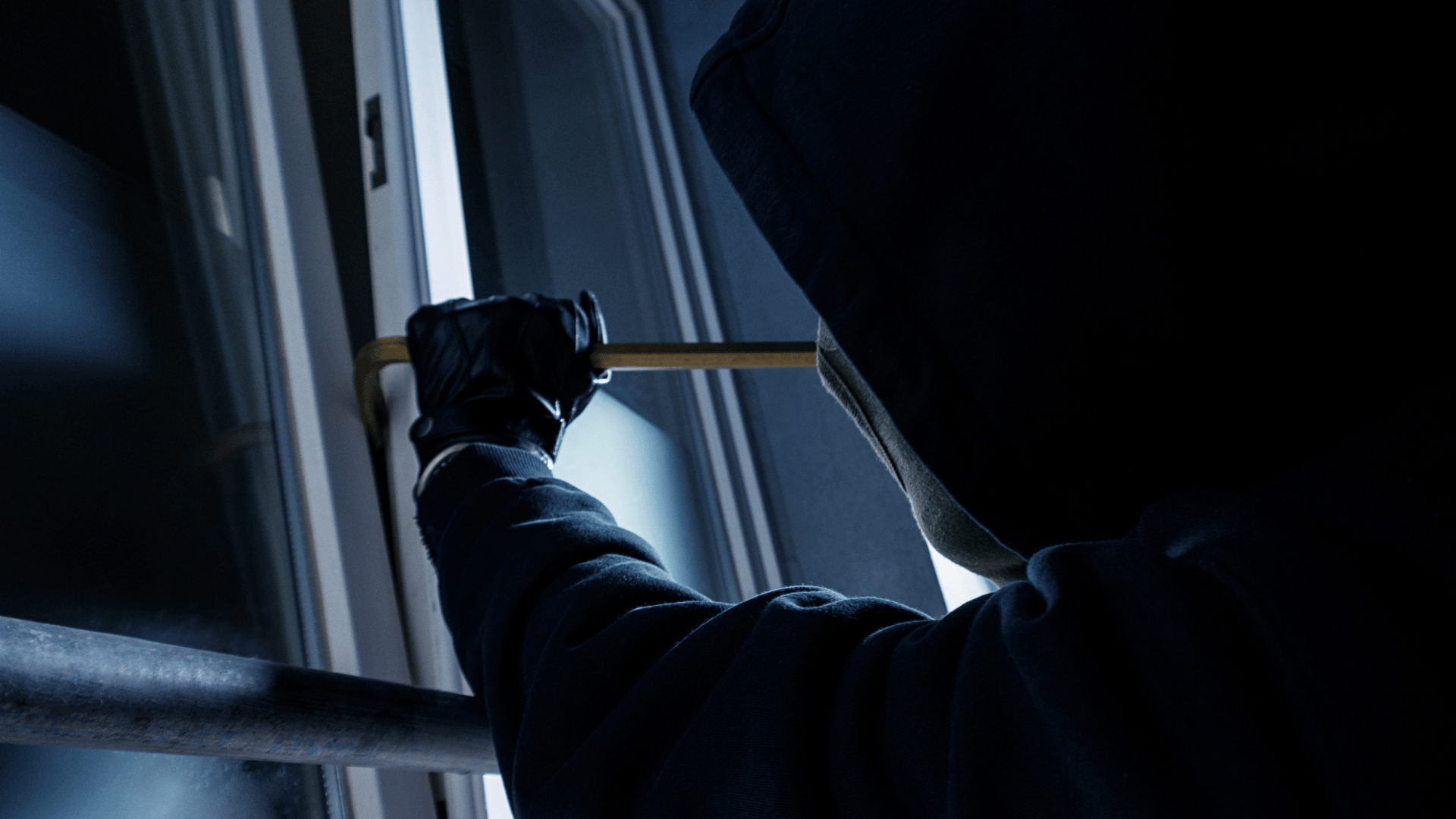Affluent neighborhoods are usually associated with lower crime rates. Despite having more valuable assets, the presence of robust security measures deters thieves since they have a higher chance of getting caught. However, this is changing with the rise of crime tourists. These brazen criminals are using sophisticated methods and technology to avoid detection and arrest. To address this growing threat, neighborhoods can leverage license plate recognition (LPR) software to identify and intercept crime tourists before they have the chance to carry out their crimes.
Understanding Crime Tourists
“Crime tourists” are organized criminal groups that travel from state to state committing burglaries and thefts. They’re also known as “South American Theft Groups” because most of them come from South American countries. Their operations are widespread across the United States, with a primary focus on wealthy neighborhoods. Crime tourists burglarize homes with the intention of either transporting the stolen items to their home countries or selling them prior to departure.
The way that crime tourists commit their burglaries suggests that they’re well-trained and experienced. They rent expensive cars that blend in with the affluent neighborhood they’re stealing from. Many of them surveil the targeted house for weeks before striking. Typically, they’ll park a car equipped with cameras nearby the residence to monitor the homeowners’ daily routine, like when they leave the house and how long they’re gone. Then, they break into the home when they know no one will be home, usually between 5 to 11 PM.
Crime tourists operate globally, but they’re particularly drawn to the U.S. because of the lenient legal system. They’re able to enter the country with little resistance using 90-day visas that don’t require background checks. Additionally, they’re aware that if they’re arrested for their crimes, they will most likely be released without significant consequences. Those released on bail frequently evade court appearances, instead returning to their home countries or continuing their crime sprees. Those that are deported eventually find a way back into the U.S.
License Plate Recognition Solutions
Numerous victims of these break-ins attest to having all the suggested deterrents installed, from gates and alarm systems to security cameras, signs, and even dogs. Law enforcement agencies report that some burglars utilize “advanced Wi-Fi and cellular signal jammers to disable home security systems and alarm systems”. As a result, homeowners who are away from their residences have no way of detecting burglaries while they are happening. However, they can use license plate recognition (LPR) technology to identify these perpetrators before the burglaries happen, like while the thieves are surveilling homes or scoping the neighborhood for potential targets.
Flag Unfamiliar Vehicles
By installing security cameras integrated with LPR software throughout the area, neighborhoods can monitor every vehicle on the premises. Residents can register their vehicles within the system, allowing security teams to easily identify any unregistered or unfamiliar plates, which could belong to crime tourists. When such plates are detected, the system triggers alerts to security teams, prompting them to take immediate action. This might include escalating monitoring efforts or contacting law enforcement.
Detect Suspicious Patterns
Besides logging each vehicle’s license plate number, the LPR software records their time of entry and exit. Security teams can analyze these timestamps to detect suspicious patterns, like non-resident vehicles making frequent visits for extended periods of time. Such vehicles might indicate crime tourists surveilling potential targets for burglary. Recognizing these patterns enables neighborhoods to take preemptive measures, such as requesting the vehicle to leave or preparing law enforcement for potential burglary attempts on the targeted homes.
Record Evidence
If a burglary does occur, residents or the neighborhood team can refer to the vehicle logs to identify the suspected vehicle. This information can then be given to the authorities, which might help in identifying and tracking down the perpetrators. A notable instance of this occurred in February when the Los Angeles Police Department were able to arrest a 17-year-old Chilean burglar after a security camera captured the license plate of the vehicle he used during the robberies. Tracking crime tourists is difficult for law enforcement agencies due to their use of multiple fake IDs and constant relocation. However, having the vehicle’s license plate information makes the process easier by linking a specific vehicle to the crimes.
Secure Neighborhoods from Crime Tourists with PLACA.AI
Crime tourists are becoming more organized and sophisticated, but neighborhoods can mitigate this risk with the use of license plate recognition (LPR). If you’re considering integrating LPR software into your neighborhood’s video surveillance setup, take the first step today by subscribing to PLACA.AI. PLACA.AI is a cloud-based LPR solution designed to strengthen security with AI-powered license plate scanning. With PLACA.AI, you can record vehicles automatically, monitor suspicious vehicles, and address security concerns with ease.
Start your monthly subscription to PLACA.AI today by contacting the 2M Technology sales team at +1 (877) 926-2288 or at sales@2mtechnology.net. To learn more about PLACA.AI’s platform and capabilities, register for a free live demo using the link below.
